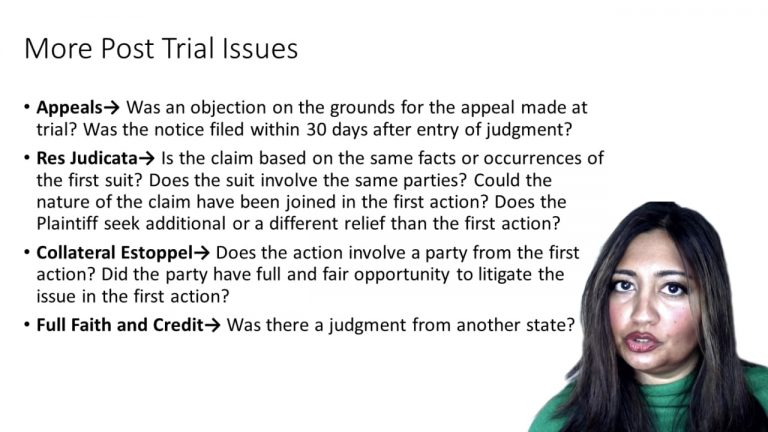SmartBrief
Confirm favorite deletion?
Criminal Law Keyed to Kennedy
United States of America v. Rafael Angel Zavala Maldonado
Citation:
23 F.3d 4 (1994)Facts
Ruben Santos, a seaman, was approached by American law enforcement agents attached to the Customs Service and and was given cocaine, with the approval of the agents, who intended to track the drugs to their destination. Santos, under surveillance by federal agents and cooperating local police, went to a hotel and asked at the front desk for Mr. Palestino. These last two steps complied with the instructions given to Santos by the dealer who had given him the cocaine, to deliver it to Palestino, at the Hotel Melia in Ponce.
When the clerk called from the desk to the room registered to Palestino, the defendant appeared instead and gestured to Santos to follow him to room 302. Santos told the defendant that the drugs were for Palestino. The defendant said he was a friend and that he would call Palestino.
As time passed and Palestino still did not arrive, Santos became increasingly anxious and he proposed to the defendant that they go out of the room for a soda. The defendant agreed, and Santos placed the bag with the cocaine in a closet or dressing room in room 302. As they went down the stairs, the supervising customs agent detained them.
The defendant was found guilty of possession of cocaine with intent to distribute. He appealed, arguing that the evidence was insufficient to support the conviction because it did not prove possession.
Only StudyBuddy Pro offers the complete Case Brief Anatomy*
Access the most important case brief elements for optimal case understanding.
*Case Brief Anatomy includes: Brief Prologue, Complete Case Brief, Brief Epilogue
- The Brief Prologue provides necessary case brief introductory information and includes:
Topic:
Identifies the topic of law and where this case fits within your course outline.Parties:
Identifies the cast of characters involved in the case.Procedural Posture & History:
Shares the case history with how lower courts have ruled on the matter.Case Key Terms, Acts, Doctrines, etc.:
A case specific Legal Term Dictionary.Case Doctrines, Acts, Statutes, Amendments and Treatises:
Identifies and Defines Legal Authority used in this case.
- The Case Brief is the complete case summarized and authored in the traditional Law School I.R.A.C. format. The Pro case brief includes:
Brief Facts:
A Synopsis of the Facts of the case.Rule of Law:
Identifies the Legal Principle the Court used in deciding the case.Facts:
What are the factual circumstances that gave rise to the civil or criminal case? What is the relationship of the Parties that are involved in the case.Issue(s):
Lists the Questions of Law that are raised by the Facts of the case.Holding:
Shares the Court's answer to the legal questions raised in the issue.Concurring / Dissenting Opinions:
Includes valuable concurring or dissenting opinions and their key points.Reasoning and Analysis:
Identifies the chain of argument(s) which led the judges to rule as they did.
- The Brief Prologue closes the case brief with important forward-looking discussion and includes:
Policy:
Identifies the Policy if any that has been established by the case.Court Direction:
Shares where the Court went from here for this case.
Topic Resources
Topic Outline
Topic Refresher Course

 3m 56s
3m 56s